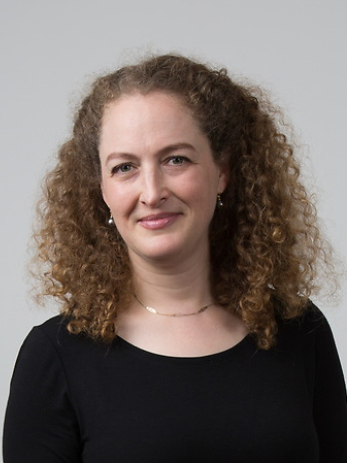Asha Weinstein Agrawal
 |
Professor Department of Urban and Regional Planning asha.weinstein.agrawal@sjsu.edu
Keywords |
Current Research Activities
My research agenda is guided by a commitment to the principles of sustainability and
equity: what planning and policy tools can communities adopt to encourage environmentally-friendly
travel and improve accessibility for people struggling with poverty or other disadvantages?
I have explored this question from many angles, including in these publications:
• The Impact of COVID-19 on California Transportation Revenue
• Crime and Harassment on Public Transportation: A Survey of SJSU Students Set in
International Context
• Harmonizing Climate Change Mitigation and Adaptation in Transportation and Land-Use
Planning in California Cities
• Community Benefits and Lessons for Local Engagement in a California Open Streets
Event: A Mixed-Methods Assessment of Viva CalleSJ 2018
• The Impact of ZEV Adoption on California Transportation Revenue
• What Do Americans Think about Federal Tax Options to Support Transportation? Results
from Year Ten of a National Survey
• How and Where Should I Ride This Thing? “Rules of the Road” for Personal Transportation
Devices
Research Connections to Current Events
Almost all my research is specifically designed to inform contemporary planning and policy debates about the transportation system that most of use daily. For example, I've written about whether gas taxes are a fair and efficient way to pay for roads, whether ride-hailing can help older adults who risk isolation once they cannot drive, how to make public transportation safe for SJSU students, strategies to assess whether "road diets" benefit communities, and designs for effective bus-only lanes.
Because my work addresses current issues, I am invited to share research findings with local, state, and national decision makers. For example, I've had the opportunity to present U.S. Senate Committee on Environment and Public Works staff, the California Transportation Commission, Subcommittees of the California State Senate Committees on Housing and Transportation, and the Santa Clara Valley Transportation Authority.
I am also actively involved with the community through service on professional advisory groups. For example, I have served on the Metropolitan Transportation Commission's Regional Means-Based Transit Fare Pricing Study Technical Advisory Committee, Santa Clara County Traffic Safe Communities Network Steering Committee, and the Santa Clara County Valley Transportation Authority's Pedestrian Access to Transit Task Force.
I have had a chance to share my work by contributing to stories aired in popular media outlets such as as The Washington Post, CBS Evening News, ABC News/KGO-TV (on mileage fees), San Diego Union-Tribune (on transit fare policy), WBUR, and the San Francisco Chronicle.
Finally, over the years I have learned that one's work can contribute in unexpected but delightful ways. My favorite example of this relates to my doctoral dissertation, which analyzed public debate about traffic congestion in Boston in the 1890s and 1920s. Years after I completed the degree, I received a polite email from a writer who said he had been reading my dissertation to inform a detective novel he was writing, set in 1920s Boston. His hero was involved in a police chase, and the writer had read my work to figure out if there were traffic lights in Boston at that time.
Personal Connections to Research
Two factors. First, as a child and teenager I discovered that I loved wandering around cities on foot. Because I had a chance to do this in many places around the world, I saw how much urban environments vary and realized that many US communities offer a very poor quality walking experience. Thus, I developed an interest in learning how to improve neighborhoods that aren’t pedestrian-friendly.
Second, my father is a theoretical mathematician, and so I’ve never in my life been able to talk to him in any depth about the substance of his research. This experience led me to want a career that anyone would happily talk about with me. Transportation planning is perfect! When I tell people what I do, they immediately and eagerly start sharing their personal stories about traffic congestion, poor bike infrastructure, the high cost of public transit, their new electric vehicle, or whatever else concerns them about their daily travel.
Social Media